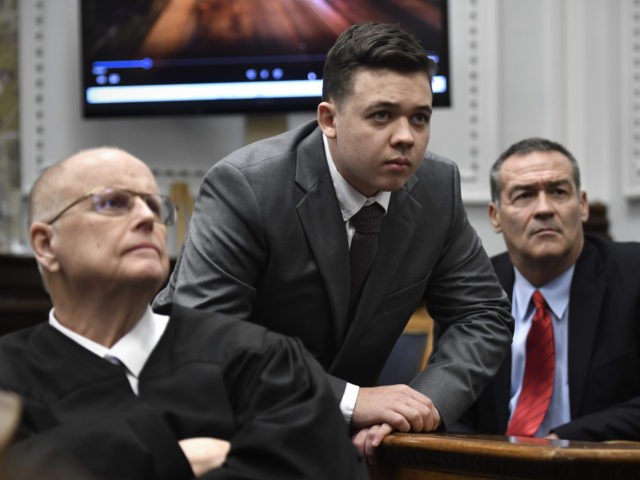Kyle Rittenhouse’s attorney Mark Richards says he has stopped using his phone after being inundated with death threats.
“Everybody in this case, and when I say that, I mean prosecution, defense – to me it’s scary how many death threats we’ve had,” Richards stated at a press conference after court Friday, following the jury’s five-count not guilty verdict.
“You know, I was answering my phone on the way back from court in Kenosha… after the third death threat, I quit answering the phone,” he added.
Richards told Insider he “can’t count” the amount of death threats he has received as the number is “too high.”
The defense attorney has begun using his wife’s phone, though he told Insider her number has also been on the receiving end of threatening calls.
“I’m going through my emails, there are threatening emails too,” Richards added.
Richards’ client Rittenhouse stood trial for killing two and wounding one during the August 25, 2020, Black Lives Matter riots in Kenosha, Wisconsin. Rittenhouse had faced two murder charges, one attempted murder charge, and two charges of reckless endangerment before Friday’s acquittal, per previous reporting by Breitbart News.
Rittenhouse was visibly relieved and became emotional listening to the jury’s not guilty verdicts following the contentious trial.
Breitbart News’s Joel Pollak previously reported:
The defense argued that Rittenhouse had acted in self-defense, in reasonable fear of imminent death or grievous bodily harm.
In addition, the defense had repeatedly argued for a mistrial. During the trial itself, the defense said that the prosecution had infringed on Rittenhouse’s Fifth Amendment rights by commenting on his post-arrest silence. The prosecutor also mentioned evidence that the judge had specifically ruled out of the trial. Judge Bruce Schroeder agreed, and admonished the prosecutor, but allowed the trial to continue, saying he would rule on the motion to dismiss later. Later, after the trial, while the jury deliberated, the defense filed another motion to dismiss, after the prosecution used a high-definition version of a video of events that the defense had never seen; the defense had only had access to a lower-definition version of the same footage.
In the wake of numerous death threats following the verdict, Richards hopes people can communicate civilly.
“I would love for things to change, for people to talk to one another without fighting, but, unfortunately, I don’t see it changing it any time soon,” he told Insider.

COMMENTS
Please let us know if you're having issues with commenting.